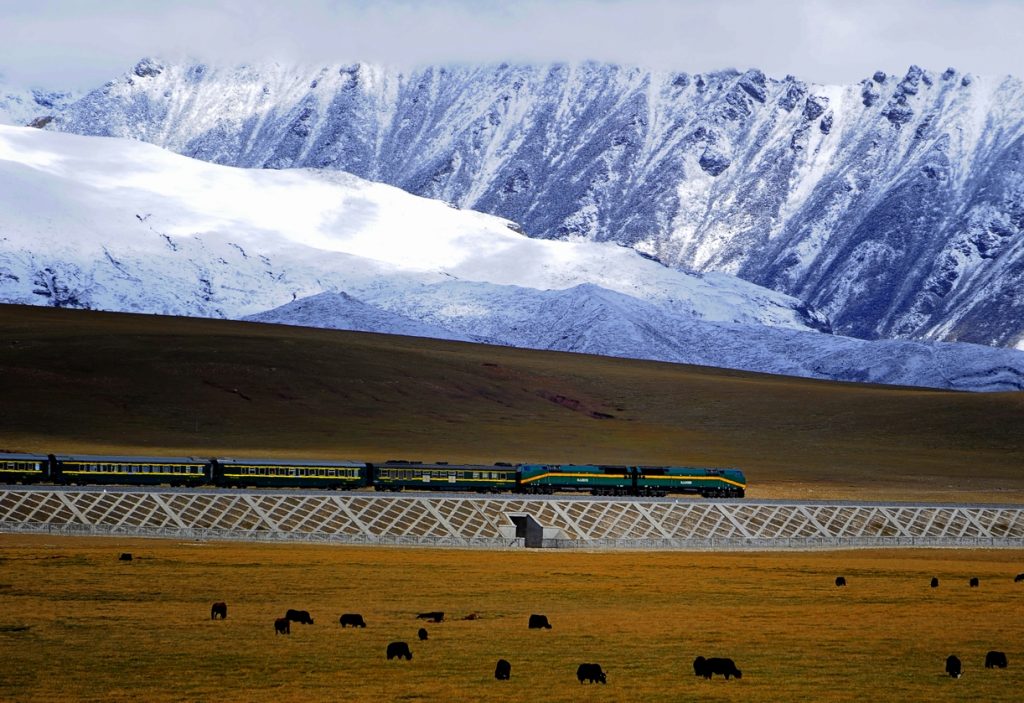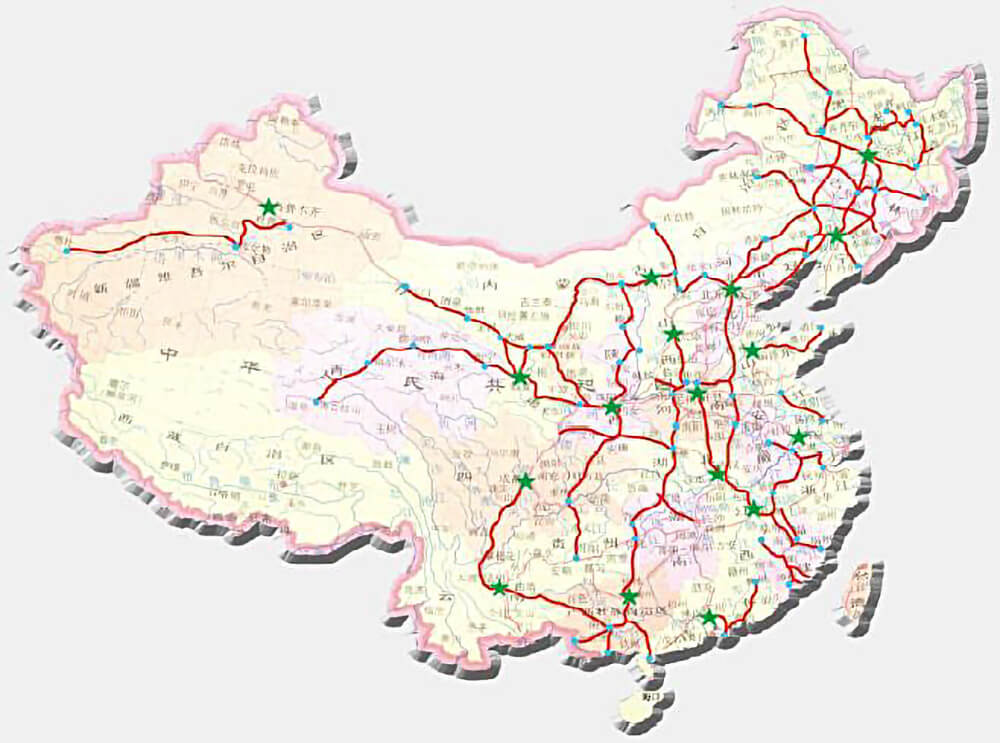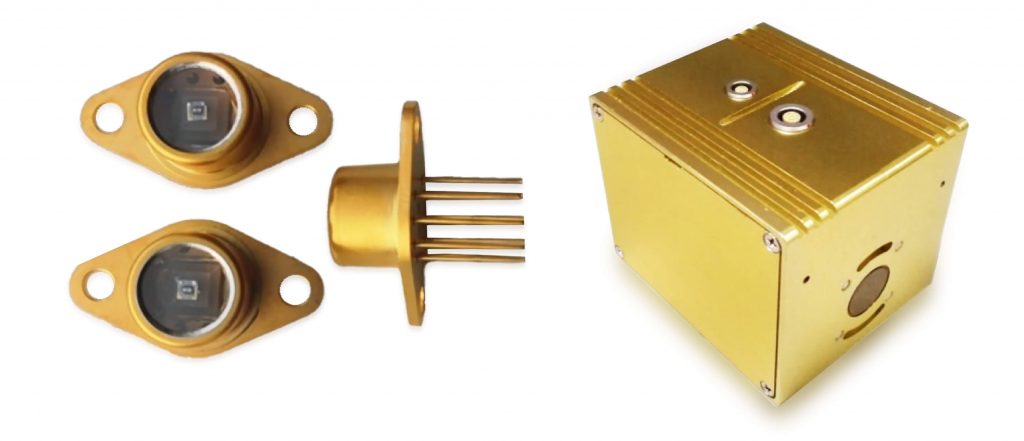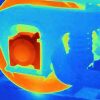As Fast As You Can: Hotbox Detectors Across China
How high-speed thermal imaging helped leading rail companies tackle new challenges in safety for national rail networks
By almost any measure, the rail industry in China is simply massive. The country maintains the second-largest total rail network in the world (more than 96,000 miles / 155,000 km) and the largest high-speed rail system (more than 26,000 miles / 42,000 km). Almost all rail operations are handled by the China Railway Corporation (CRC), overseeing multiple subsidiaries that handle regional traffic. Together, they operate the busiest railways in the world, delivering 3.6 billion passenger trips and 4.4 billion tons of freight with thousands of trains every year.
Managing the most important mode of long-distance transportation in the country carries a long list of priorities. Each railway operator pursues safer, smoother rail operations while balancing efficient asset management.

Rail solutions for a nation
The China Railway Harbin Group of Technology Corporation (CRTC) is one of the leading suppliers of such solutions to Chinese railroads operators. Along with CRC and local metro and commute railways, CRTC has served industries reliant on rail transport, such as agriculture, mining, chemicals, and energy for more than 60 years.
This history is built on putting customers’ needs first. Today that means heavy investments in research and development, integrating sophisticated systems that can solve many problems at once. These systems must be innovative, efficient, reliable, and custom-built for specific applications. This is essential for a country with enormous differences in latitude, longitude, and altitude. Rail lines must meet the challenges of tropical climates in the south, subarctic temperatures in the north, and some of the highest elevations in the world on the Tibetan Plateau.
For CRTC, this means specialization in three distinct aspects of rail management:
Asset management: A database of dynamic measurements and detection of train conditions and railroad infrastructure, CRTC provides railway operators by advanced prediction and awareness of risk of potential railroad accident.
Depot and yard digitalization: Emerging digital technologies have helped CRTC upgrade depot workshops to deliver intelligent efficiency- and condition-based services, including railcar repair, maintenance, and sorting.
Signaling solutions: Proven axle counting systems provide railway operators with reliable load information across vast track sections.
Safety Solutions with Hot Box Detectors
One of CRTC’s most significant fields of expertise is the wayside detection used for monitoring train conditions. With such an enormous rail network carrying such constant traffic, automated solutions are key.

Hot Box Detectors (HBDs) are their flagship product, and they are the country’s leading producer. CRTC’s HBDs play a vital role in safeguarding train operation by generating predictive alarms for CTC managers and rail operators to detect and trace unusually hot axle bearings, preventing failure in later trips across the train fleet. Integrated data management systems then share that information across locations, enabling condition-based maintenance at the nearest depot. The responsiveness of the system ensures that maintenance and any attendant downtime is done promptly, and only when necessary.
How Infrared Imaging Makes Better Solutions Possible
Infrared imaging is a key component of modern HBDs. Originally, CRTC used thermistor detectors for infrared sensing. These detectors worked well under ‘normal’ conditions, but deviations quickly began to interfere with the reliability of the detectors’ performance. A running train is a complex multivariate environment; interference could come from sources as different as sunlight or the effects of applied wheel braking under specific circumstances. This became especially problematic as high-speed trains became more common: a thermistor detector has a response time at the millisecond level, rendering it simply too slow to detect hot axles on trains moving above 160 km/h.
CRTC needed a new solution. Their HBDs needed to be faster, but also to operate in an isolated environment, separate from ambient conditions. In 2008, CRTC decided to start upgrading its hot box detectors to MCT infrared detectors supplied by Judson Technologies. These new detectors could work under constant temperatures all the way down to minus 50-60 degrees Celsius, without disruption.

But, to measure the temperature of each axle bearing reliably and accurately, the HBD system needed to be able to identify exactly where the infrared energy captured was coming from.
To accomplish this, CRTC developed a self-adapting software and hardware solution that enabled its HBDs to recognize patterns of infrared energy and differentiate. This solution can work reliably by eliminating interference to focus on the heat originating from the axle bearing itself. The solution greatly reduces false alarms while improving the efficiency of maintenance efforts.
The speed of these new MCT thermal detectors were key. CRTC’s self-adaption solution required a very fast response to ensure that the right heat patterns could be identified, filtering out the interferential ones.
Overall, the resulting system was much faster, reaching microsecond-level performance a thousand times faster than the previous thermistor sensor (as well as competing infrared solutions based on LiTaO3). The resulting HBD solution could reliably detect high speed trains at up to 360 km/h.

Expanding efficiencies to a much wider network
According to the CRC, more than 6000 of these new HBDs have already been installed across the national rail network. Across more than one billion rail trips, only a few dozen hot axle bearings are detected per year. Over the last few years, no accidents caused by hot axles have been reported, making a significant contribution to the safe, reliable, and efficient operation of the entire Chinese railway network.
While the CRC’s subsidiaries remain CRTC’s largest customers, more networks are taking notice. New customers like Transnet of South Africa and Sydney Trains of Australia are now using the same HBDs to further improve their own networks.



 DuosTech: A Quick Look at the Future of Rail Safety (As it flies by)
DuosTech: A Quick Look at the Future of Rail Safety (As it flies by)  Hot Wheels: Can thermal imaging and better hotboxes improve rail safety?
Hot Wheels: Can thermal imaging and better hotboxes improve rail safety? 